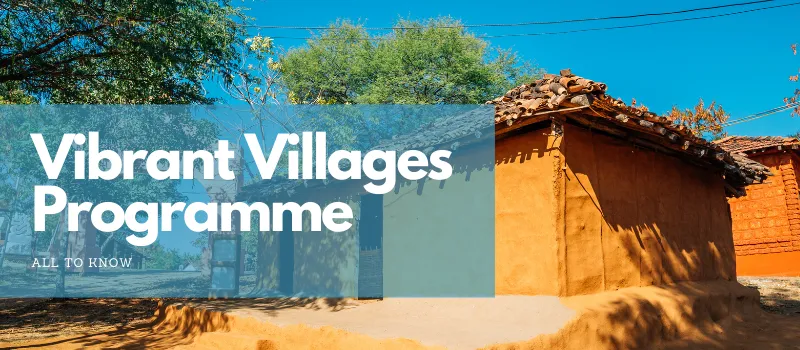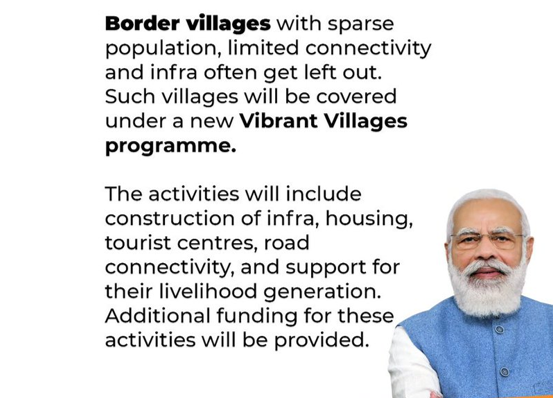Free Courses Sale ends Soon, Get It Now


Free Courses Sale ends Soon, Get It Now



Copyright infringement not intended
Context: The Home Ministry has sanctioned 113 road projects under the Vibrant Village Programme (VVP) in Arunachal Pradesh, Uttarakhand, and Sikkim to improve connectivity along the China border.
Details
Sanctioning and Allocation
Monitoring and Maintenance
|
The total budget for VVP for the financial years 2023-24, 2024-25, and 2025-26 is ₹4,800 crore. More than half of this budget, approximately ₹2,500 crore, is allocated for road construction. In the first phase, 68% of the villages to be covered are in Arunachal Pradesh, with specific numbers of villages also identified in Ladakh, Himachal Pradesh, Sikkim, and Uttarakhand. |
About Vibrant Villages Programme (VVP)
Objectives
Focus Areas
|
In addition to VVP, essential infrastructure projects have been approved under the Border Area Development Programme (BADP) in all census villages/towns, semi-urban, and urban areas within 0-10 kilometres from the IB in the specified regions. These projects encompass various sectors including road and bridges, health, education, agriculture, sports, drinking water, sanitation, Anganwadi, community centres, and small-scale industries. |

Conclusion
Source:
|
PRACTICE QUESTION Q. Border areas often lag in development compared to the rest of the country. Discuss the potential conflicts between prioritizing security measures and fostering economic development in these regions. How can India achieve a balance between the two? |
© 2024 iasgyan. All right reserved